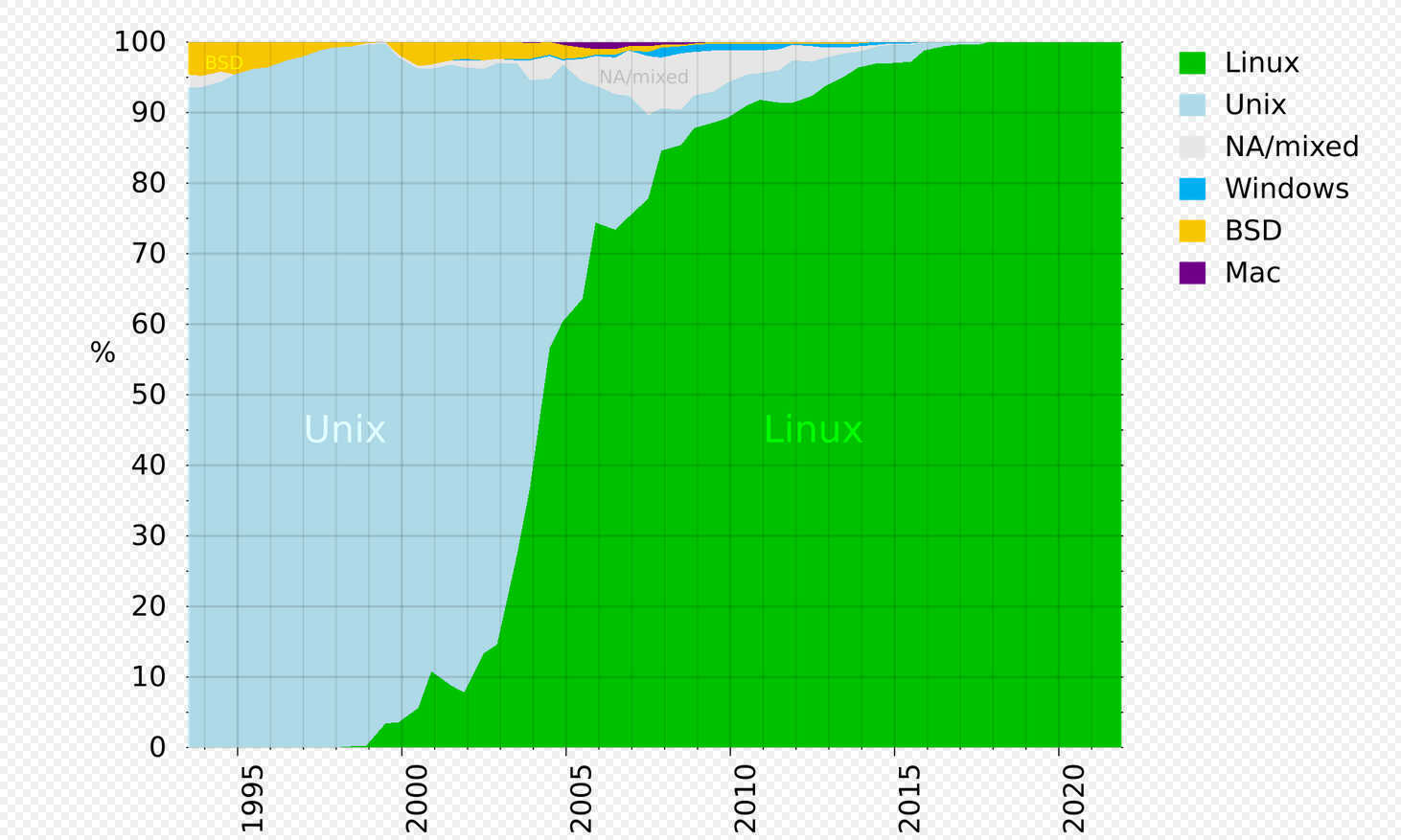this post was submitted on 15 Nov 2024
818 points (99.3% liked)
Linux
48331 readers
451 users here now
From Wikipedia, the free encyclopedia
Linux is a family of open source Unix-like operating systems based on the Linux kernel, an operating system kernel first released on September 17, 1991 by Linus Torvalds. Linux is typically packaged in a Linux distribution (or distro for short).
Distributions include the Linux kernel and supporting system software and libraries, many of which are provided by the GNU Project. Many Linux distributions use the word "Linux" in their name, but the Free Software Foundation uses the name GNU/Linux to emphasize the importance of GNU software, causing some controversy.
Rules
- Posts must be relevant to operating systems running the Linux kernel. GNU/Linux or otherwise.
- No misinformation
- No NSFW content
- No hate speech, bigotry, etc
Related Communities
Community icon by Alpár-Etele Méder, licensed under CC BY 3.0
founded 5 years ago
MODERATORS
you are viewing a single comment's thread
view the rest of the comments
view the rest of the comments

That's certainly a big part of it. When one needs to buy a metric crap load of CPUs, one tends to shop outside the popular defaults.
Another big reason, historically, is that Supercomputers didn't typically have any kind of non-command-line way to interact with them, and Windows needed it.
Until PowerShell and Windows 8, there were still substantial configuration options in Windows that were 100% managed by graphical packages. They could be changed by direct file edits and registry editing, but it added a lot of risk. All of the "did I make a mistake" tools were graphical and so unavailable from command line.
So any version of Windows stripped down enough to run on any super-computer cluster was going to be missing a lot of features, until around 2006.
Since Linux and Unix started as command line operating systems, both already had plenty fully featured options for Supercomputing.